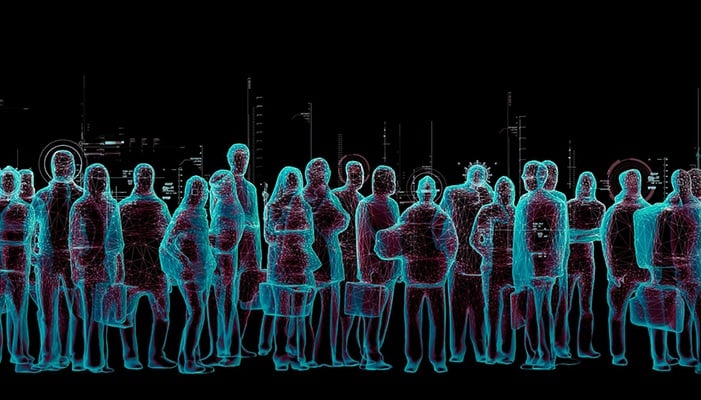Augmented Reality: Seeing is believing
Jan 05, 2017 • Features • Augmented Reality • Future of FIeld Service • PTC • Bill Pollock
Augmented Reality (AR) allows field technicians to “see” how to make a repair, rather than having to “read” about how to do it writes Bill Pollock, President, Strategies for GrowthSM...
It seems that for forever, field technicians have been forced to carry around hundreds of pages of paper in their cars or vans detailing and explaining repair processes, service guidelines and product schematics, etc.
Then, once at the customer site, they still need to flip through those hundreds of pages to find exactly what they are looking for in order to perform the onsite repair – particularly when it involves dealing with a piece of equipment that they may not have seen in years – if ever!
It is more helpful for the field technician to “see” how to repair a piece of equipment, rather than having to “read up” on how to repair the equipment.
Further, while the former can take place in real time, the latter may often require several minutes – or more – of looking up chapters or indices, finding the appropriate pages, writing down notes, and otherwise “wasting” time – at least from the perspectives of both the technician and the customer!
Some companies, like PTC, had long been aware of these concerns. In PTC’s case, they made the move earlier in the year to acquire Vuforia, “a mobile vision platform that enables applications, or ‘apps’, ‘to see and connect the physical world with digital experiences that demand attention, drive engagement, and deliver value’.”
In fact, it is through the use of this AR technology that Service Lifecycle Management (SLM) providers can now empower their customers to leverage two of the most disruptive of transformational technology trends – the Internet of Things (IoT) and Augmented Reality (AR) – to deliver a new class of products that merge the digital and physical worlds.
The benefits to the field force can be substantial as, by adopting an AR-based strategy, Field Service Organizations (FSOs) can:
- Completely eliminate the maintenance, repair and service manuals in their present, cumbersome, print copy (or, even, digital) form;
- Streamline (and/or eliminate) formal, individual, maintenance and repair training for service technicians; and
- Introduce new IoT- and AR-based Service Lifecycle Management (SLM) business models.
In a 2016 Fortune article, the magazine reported that, “More and more we see products that are part physical and part digital – and we see new models wanting to be part physical and part digital. The idea of being able to project a digital experience onto a physical product to figure out how to service it or show operating metrics … is a killer idea.”
Imagine pointing your smartphone at your car and being able to see visual warnings that your wiper fluid was running low or your tire pressure was sub-optimal on a rear tire.
In other words, not only does “Seeing is believing” hold true for those field technicians supported by an AR platform, but if “a picture is worth a thousand words”, then being able to “see” how to repair the equipment via Augmented Reality must expand upon that equation by another thousand-fold!
AR doesn’t create a “new” virtual reality; but, rather, it enhances the perceptual reality that the viewer is able to visualise while looking at a piece of equipment. This is exactly how AR will be able to assist FSOs in an SLM environment; that is, to provide the field technician (who may not ever have been called upon to service a particular piece of equipment) to still be able to perform the repair by “overlaying” an enhanced (again, augmented) reality – in 3D motion – over and above what he or she would otherwise be able to visualise, in order to make a quick, clean and complete fix.
AR doesn’t create a “new” virtual reality; but, rather, it enhances the perceptual reality that the viewer is able to visualise while looking at a piece of equipment.
However, merely talking about Augmented Reality – rather than actually seeing it in action – is like trying to tell a Southerner how cold the Northern Winters are – in words. It’s just not possible! That’s why AR is best understood by actually seeing a demonstration of it in action.





















 Field Service News is published by 1927 Media Ltd, an independent publisher whose sole focus is on the field service sector. As such our entire resources are focused on helping drive the field service sector forwards and aiming to best serve our industry through honest, incisive and innovative media coverage of the global field service sector.
Field Service News is published by 1927 Media Ltd, an independent publisher whose sole focus is on the field service sector. As such our entire resources are focused on helping drive the field service sector forwards and aiming to best serve our industry through honest, incisive and innovative media coverage of the global field service sector.
Leave a Reply